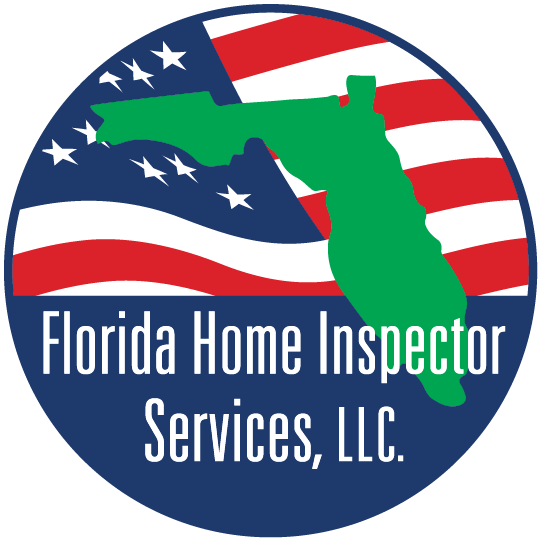-
What Is a 4-Point Inspection?
What Is a 4-Point Inspection?
Insurance companies often require a 4-Point Inspection for the home buyer or homeowner to receive or maintain homeowner’s insurance. The insurance company’s concern is there may be conditions existing in an older or even a newer home that could be a potential liability for them. A 4-Point Inspection gives the insurance company a better idea of the home’s condition they’re insuring.
A 4-Point Home Inspection is an inspection that insurance companies can require of a homeowner when writing a policy. It differs from a buyer’s complete home inspection which is an extensive inspection of a home during the home buying process that is usually done before closing on the home.
With the four-point inspection, the insurance company will not write the policy if the home “fails” the inspection (unless it is repaired) in the following four designated areas:
Electrical System - Outdated electrical wiring can have a serious effect on your home. Does it have an outdated knob-and-tube wiring system that was popularized in the 1940s? Even aluminum wiring, a popular material used in homes from the mid-60s to early-70s, has since been considered too risky to use in modern homes.
The inspector will look for electrical panels that have been deemed unsafe like Zinsco, Federal Pacific and older fuse boxes that will certainly again, “fail” an inspection.
If the home you’re purchasing has any of these electrical systems in place, it also has a greater risk of being involved in a homeowners insurance claim. A 4-point inspection also goes over the electrical panels and the overall visible condition of the electrical system.
HVAC – (Heating, Ventilation and Air Conditioning). The main things inspectors will be looking for is what insurance companies will be wanting to know. What is the age and condition of your HVAC system? Is it as old as the home or have parts been replaced over the years? Do you have central A/C and heat in your home? Does the system show signs of leaking or need to be repaired/replaced?
Plumbing System – What is the type of supply and drain lines, hot water heater brand and estimated age, and overall condition or evidence of leaks? A 4-point inspection will take a good look at the types of drain and supply lines in your system (whether it uses copper, galvanized, lead, polybutylene, or another material).
Roofing Condition – What is the type of roof covering, estimated age, condition, and any visible defects? Since replacing a roof cost may cost many thousands of dollars, it’s arguably one of the most important items on the list an insurance company wants to know. Insurers want to know the age and condition of your roof before they agree to insure your home. Insurers want to know if shingles are currently missing, what types of shingles and how much it would cost to repair that roof if it were damaged, destroyed or needed to be replaced.


